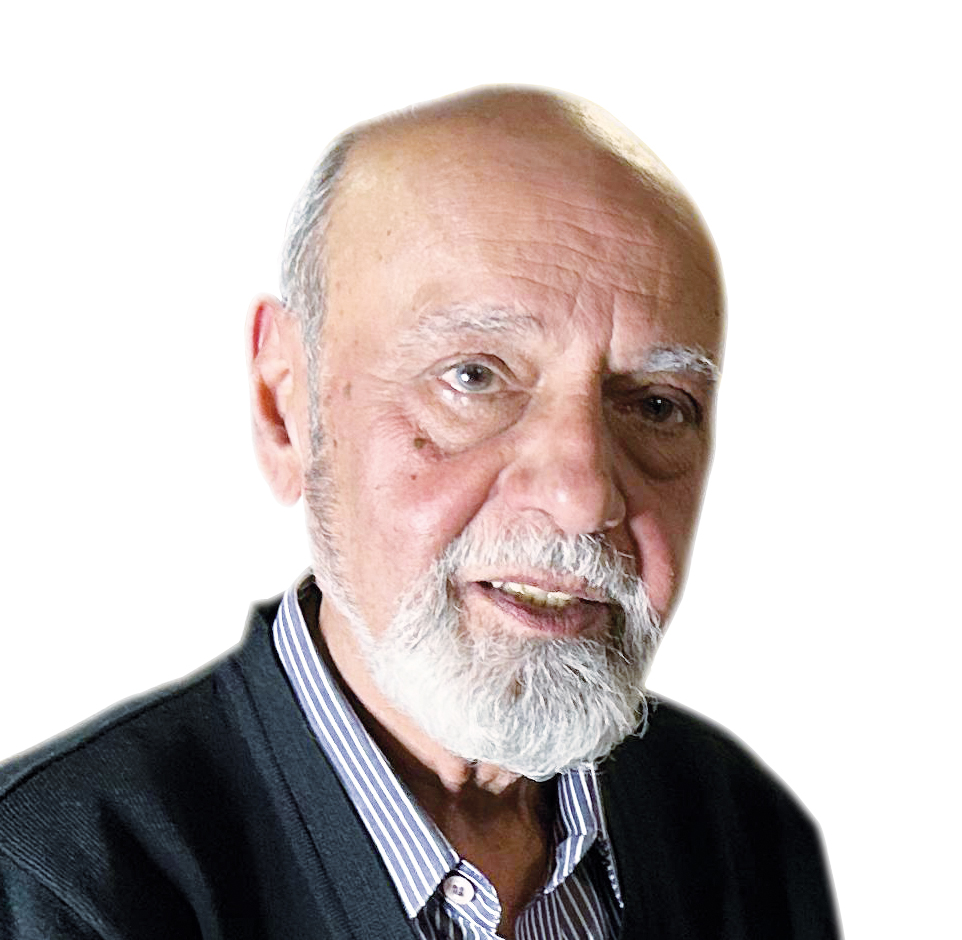
IN CONVERSATION WITH SENIOR ADVOCATE RAJ PANJWANI
Senior Advocate and Environmental Law Champion.
Raj Panjwani is a distinguished Senior Advocate and one of India’s foremost voices in environmental and animal rights law. With a legal career spanning nearly five decades since joining the Bar in 1976, he has played a pivotal role in shaping the legal frameworks that protect India’s environment and its voiceless species.
Renowned for his expertise and unwavering commitment, Mr. Panjwani has been appointed Amicus Curiae by several High Courts and the Supreme Court of India in landmark cases concerning animal welfare and environmental conservation.
He is the author of the acclaimed book Courting Wild Life, and the editor of Wild Life Law: A Global Perspective, both of which underscore his scholarly and practical contributions to wildlife protection law. His dedication has earned him numerous honors, including the “Excellence in the Advancement of Animal Law Award” from the American Bar Association.
As counsel to several prominent animal welfare and environmental organizations, Raj Panjwani continues to be at the forefront of legal efforts to safeguard nature and animal life in India. His work not only shapes courtrooms but also inspires a broader movement for legal and ethical responsibility toward the environment.
